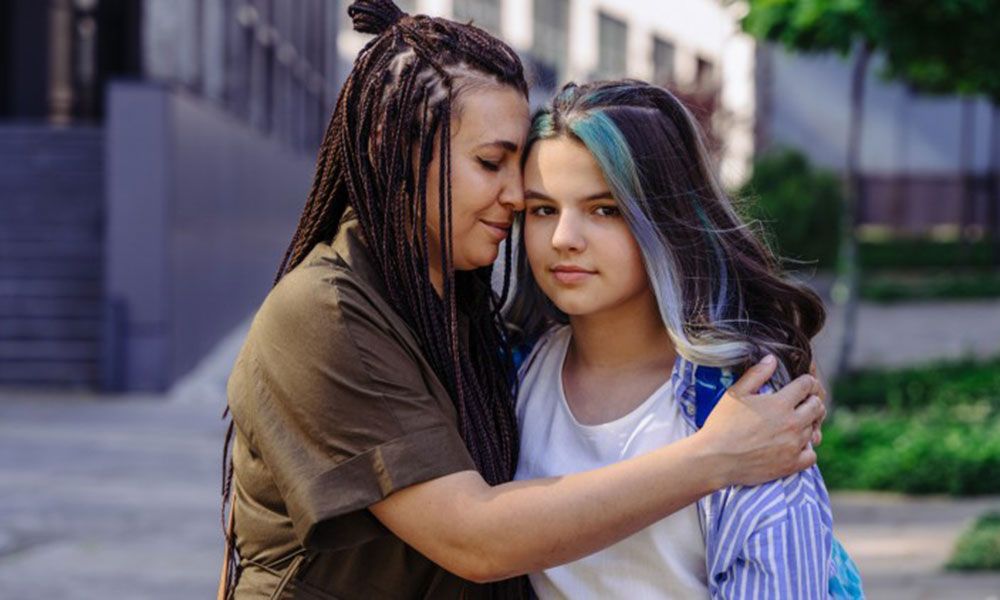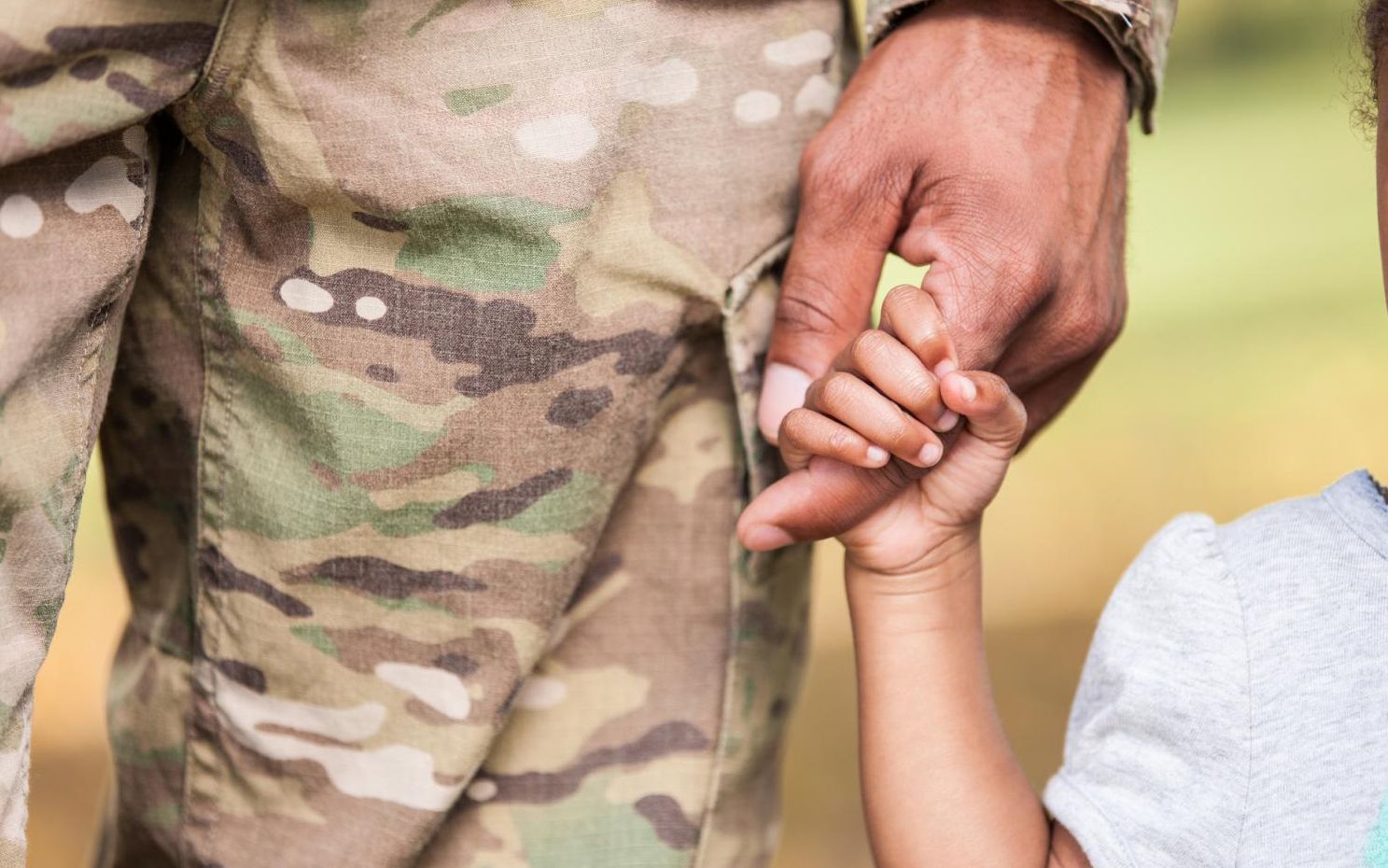Teacher candidates build self-awareness through case study exercise

looking-at-computer-AdobeStock_127426179-highwaystarz-opt
Image: Adobe Stock/highwaystarz
August 25, 2021
Schussler’s research interests include exploring how a prospective teacher acquires the necessary disposition – a person’s inherent qualities of mind and character — to meet the needs of all learners. Specifically, she has examined the epistemological nature of dispositions and how teacher education fosters awareness of dispositions to enhance prospective teachers’ knowledge, skills and moral sensibilities. Schussler’s recent work has strategically focused on mindfulness-based programs designed to enhance teachers’ social-emotional competencies and communication skills.
In a new paper published in The Teacher Educator, “Peering through a looking glass: Deconstructing teacher candidate assumptions using dispositions,” Schussler and Lynne Bercaw, professor and director of San Diego State University’s School of Teacher Education, examine how teacher candidates’ responses to an authentic case provide an opportunity to make inferences about their dispositions and thus, build awareness of their assumptions.
Fourteen teacher candidates responded to a dilemma-embedded case at the beginning and end of their student teaching semester. Candidate responses were coded using a framework of three disposition domains — intellectual, cultural and moral. The results suggest that over time, the teacher candidates demonstrated an increased awareness of the sociocultural and moral aspects of teaching that goes beyond technical pedagogical practice.
“(The candidates) weren’t just looking for pedagogical answers, they were trying to think through things from a cultural standpoint,” said Schussler. “What would be culturally responsive teaching? How can I best meet the needs of these students?”
Schussler’s research on mindfulness and teacher dispositions is informed by her personal experience as a high school English teacher for five years. She said her first year of teaching was at a rural school in Tennessee, where she didn’t understand some of the cultural norms, such as her students attending church on a Wednesday night.
“I didn’t have many tools to take a step back and reflect,” Schussler said. “How was I perceiving things that might have been different from the culture I was in and the way students were perceiving things?”
A hypothetical example of a situation in which a teacher’s decision-making process may be affected by disposition, she said, is when a gregarious teacher assumes that students who are actively engaged need to display behaviors such as raising their hand and/or speaking up in class.
“(A teacher may assume) if the students aren’t doing any of that, they’re not engaged,” said Schussler. “Well, there are some students who are very engaged but also very quiet.”
For the study that Schussler conducted with Bercaw, she drew upon journal entries from former students she had taught while she was teaching in the College of Education’s teacher education program. Participants in the study included 14 female teacher candidates in a secondary education program at a private, medium-sized university in the Northeastern United States. Candidates were in their final semester taking a student teaching seminar concurrently while student-teaching in different schools. In the beginning of the semester, the course professor introduced the “Danielle case,” which involves a middle school student teacher with the pseudonym “Danielle” facing a number of challenges. The issues that Danielle describes in the case include her perceptions of her students lacking in basic skills, pressures about standardized test performance and classroom instruction failing to address students’ strengths. For example, she reported that her students, who were in 10th grade, didn’t know how to identify the publisher or copyright date of a book, which prompted concern about their readiness to take standardized tests.
“(Bercaw) and I created a case study out of this student’s journals,” said Schussler. “We thought, if they read a case of a different teacher candidate, can they actually identify assumptions? Frequently, it’s difficult to see (assumptions) in ourselves but we can identify them in others.”
After reading the case, teacher candidates responded individually in writing to three questions: (1) What are the main issues of this case?; (2) What should Danielle be thinking about in relation to her teaching?; and (3) How should Danielle proceed? In the next class, the professor facilitated discussion about the case, probing candidates to articulate how their values and beliefs affected their responses.
At the end of the semester, the teacher candidates completed a second written analysis of the Danielle case. In addition to answering the same initial three questions, they responded to a fourth question in which they “re-read and reflected on the similarities and differences between their two case analyses and what affected their awareness of the major issues of the case.”
In examining the results, Schussler and Bercaw found that candidates’ repeated case analysis, combined with student teaching, “resulted in more refined strategy-use and broader perspectives.” While they found that the candidates’ initial analyses were more simplistic, their later responses reflected an increased understanding of the complexities and nuances involved in teaching, as well as a stronger focus on the teacher’s responsibility to meet the students’ needs.
One limitation of the study, Schussler noted, is that she and Bercaw couldn’t really analyze the candidates’ assumptions since they hadn’t asked them specifically to identify their assumptions explicitly. Thus, the researchers were left to draw inferences from the data.
From their research, Schussler and Bercaw concluded that using case studies in conjunction with clinical experience enables teacher candidates to “reflect on and challenge the initial assumptions they carry with them in the field.” Because a case study is a controlled situation, Schussler said, it allows students an opportunity to apply a particular set of skills or knowledge that they may not be given in real life.
“Everyone’s looking at the same thing and whoever is writing the case can control what goes in and what would be appropriate in terms of knowledge and skills to draw upon,” said Schussler. “When you do the same case over time, you can see how candidates are changing and hopefully growing.”
An additional benefit of incorporating case studies into a teacher candidate’s training, she said, is that acquiring skills before applying them to children in real classrooms is preferable to dealing with the repercussions of misguided efforts. For example, if a teacher asks the wrong questions to a child who the teacher suspects is being bullied, it can have a traumatic effect on the child and raise ethical issues.
“For educators preparing to be in classrooms and schools, I think there are opportunities to create practice before working with real kids,” said Schussler. “It’s important for educators to build their repertoire of skills before they’re in the actual situation.”
While the case study that the researchers assigned their students was in written form, Schussler said, instructors can add elements such video snippets of real classrooms to give teacher candidates a more multidimensional view of various situations. She added that it may be hard for universities to adopt these methods because due to academic freedom in higher education, it can be hard to mandate what an instructor must do in their course. Schussler said by taking a coordinated and scaffolded approach across teacher education, universities can help teacher candidates gradually learn to bring self-awareness and culturally responsive teaching into the classroom.
Teacher candidates build self-awareness through case study exercise

looking-at-computer-AdobeStock_127426179-highwaystarz-opt
Image: Adobe Stock/highwaystarz
August 25, 2021
Schussler’s research interests include exploring how a prospective teacher acquires the necessary disposition – a person’s inherent qualities of mind and character — to meet the needs of all learners. Specifically, she has examined the epistemological nature of dispositions and how teacher education fosters awareness of dispositions to enhance prospective teachers’ knowledge, skills and moral sensibilities. Schussler’s recent work has strategically focused on mindfulness-based programs designed to enhance teachers’ social-emotional competencies and communication skills.
In a new paper published in The Teacher Educator, “Peering through a looking glass: Deconstructing teacher candidate assumptions using dispositions,” Schussler and Lynne Bercaw, professor and director of San Diego State University’s School of Teacher Education, examine how teacher candidates’ responses to an authentic case provide an opportunity to make inferences about their dispositions and thus, build awareness of their assumptions.
Fourteen teacher candidates responded to a dilemma-embedded case at the beginning and end of their student teaching semester. Candidate responses were coded using a framework of three disposition domains — intellectual, cultural and moral. The results suggest that over time, the teacher candidates demonstrated an increased awareness of the sociocultural and moral aspects of teaching that goes beyond technical pedagogical practice.
“(The candidates) weren’t just looking for pedagogical answers, they were trying to think through things from a cultural standpoint,” said Schussler. “What would be culturally responsive teaching? How can I best meet the needs of these students?”
Schussler’s research on mindfulness and teacher dispositions is informed by her personal experience as a high school English teacher for five years. She said her first year of teaching was at a rural school in Tennessee, where she didn’t understand some of the cultural norms, such as her students attending church on a Wednesday night.
“I didn’t have many tools to take a step back and reflect,” Schussler said. “How was I perceiving things that might have been different from the culture I was in and the way students were perceiving things?”
A hypothetical example of a situation in which a teacher’s decision-making process may be affected by disposition, she said, is when a gregarious teacher assumes that students who are actively engaged need to display behaviors such as raising their hand and/or speaking up in class.
“(A teacher may assume) if the students aren’t doing any of that, they’re not engaged,” said Schussler. “Well, there are some students who are very engaged but also very quiet.”
For the study that Schussler conducted with Bercaw, she drew upon journal entries from former students she had taught while she was teaching in the College of Education’s teacher education program. Participants in the study included 14 female teacher candidates in a secondary education program at a private, medium-sized university in the Northeastern United States. Candidates were in their final semester taking a student teaching seminar concurrently while student-teaching in different schools. In the beginning of the semester, the course professor introduced the “Danielle case,” which involves a middle school student teacher with the pseudonym “Danielle” facing a number of challenges. The issues that Danielle describes in the case include her perceptions of her students lacking in basic skills, pressures about standardized test performance and classroom instruction failing to address students’ strengths. For example, she reported that her students, who were in 10th grade, didn’t know how to identify the publisher or copyright date of a book, which prompted concern about their readiness to take standardized tests.
“(Bercaw) and I created a case study out of this student’s journals,” said Schussler. “We thought, if they read a case of a different teacher candidate, can they actually identify assumptions? Frequently, it’s difficult to see (assumptions) in ourselves but we can identify them in others.”
After reading the case, teacher candidates responded individually in writing to three questions: (1) What are the main issues of this case?; (2) What should Danielle be thinking about in relation to her teaching?; and (3) How should Danielle proceed? In the next class, the professor facilitated discussion about the case, probing candidates to articulate how their values and beliefs affected their responses.
At the end of the semester, the teacher candidates completed a second written analysis of the Danielle case. In addition to answering the same initial three questions, they responded to a fourth question in which they “re-read and reflected on the similarities and differences between their two case analyses and what affected their awareness of the major issues of the case.”
In examining the results, Schussler and Bercaw found that candidates’ repeated case analysis, combined with student teaching, “resulted in more refined strategy-use and broader perspectives.” While they found that the candidates’ initial analyses were more simplistic, their later responses reflected an increased understanding of the complexities and nuances involved in teaching, as well as a stronger focus on the teacher’s responsibility to meet the students’ needs.
One limitation of the study, Schussler noted, is that she and Bercaw couldn’t really analyze the candidates’ assumptions since they hadn’t asked them specifically to identify their assumptions explicitly. Thus, the researchers were left to draw inferences from the data.
From their research, Schussler and Bercaw concluded that using case studies in conjunction with clinical experience enables teacher candidates to “reflect on and challenge the initial assumptions they carry with them in the field.” Because a case study is a controlled situation, Schussler said, it allows students an opportunity to apply a particular set of skills or knowledge that they may not be given in real life.
“Everyone’s looking at the same thing and whoever is writing the case can control what goes in and what would be appropriate in terms of knowledge and skills to draw upon,” said Schussler. “When you do the same case over time, you can see how candidates are changing and hopefully growing.”
An additional benefit of incorporating case studies into a teacher candidate’s training, she said, is that acquiring skills before applying them to children in real classrooms is preferable to dealing with the repercussions of misguided efforts. For example, if a teacher asks the wrong questions to a child who the teacher suspects is being bullied, it can have a traumatic effect on the child and raise ethical issues.
“For educators preparing to be in classrooms and schools, I think there are opportunities to create practice before working with real kids,” said Schussler. “It’s important for educators to build their repertoire of skills before they’re in the actual situation.”
While the case study that the researchers assigned their students was in written form, Schussler said, instructors can add elements such video snippets of real classrooms to give teacher candidates a more multidimensional view of various situations. She added that it may be hard for universities to adopt these methods because due to academic freedom in higher education, it can be hard to mandate what an instructor must do in their course. Schussler said by taking a coordinated and scaffolded approach across teacher education, universities can help teacher candidates gradually learn to bring self-awareness and culturally responsive teaching into the classroom.








